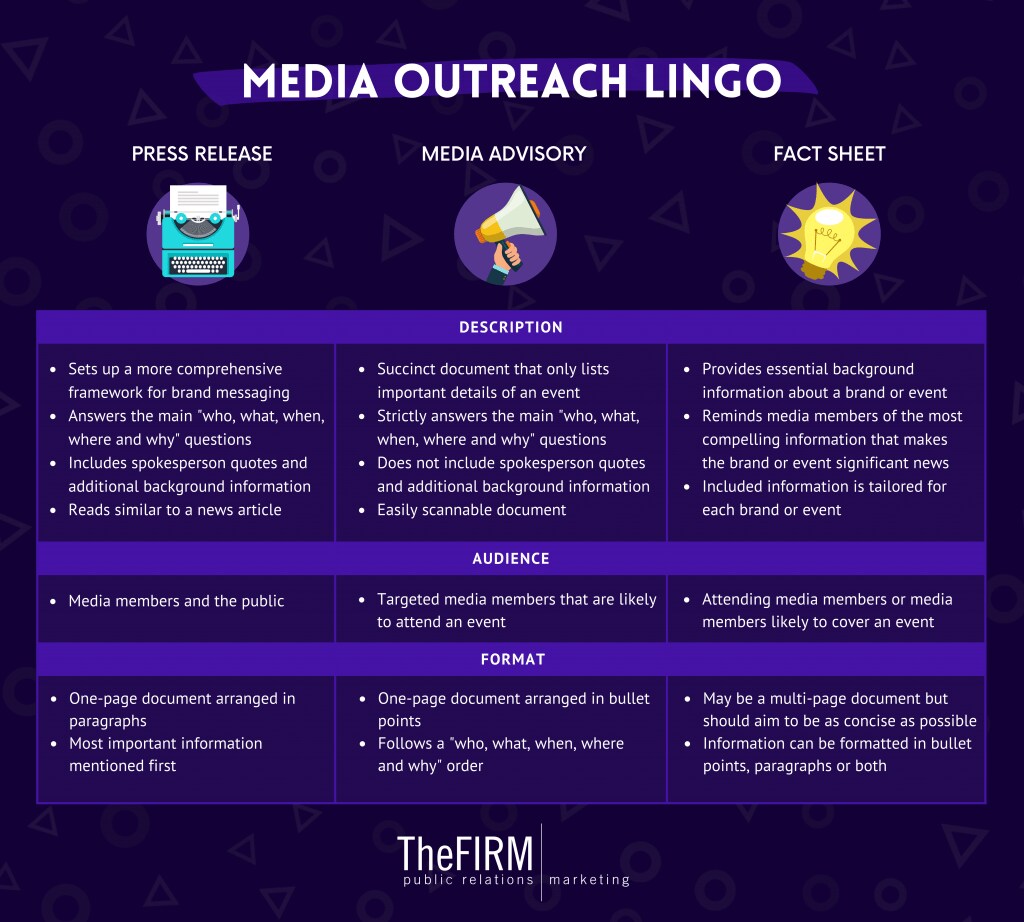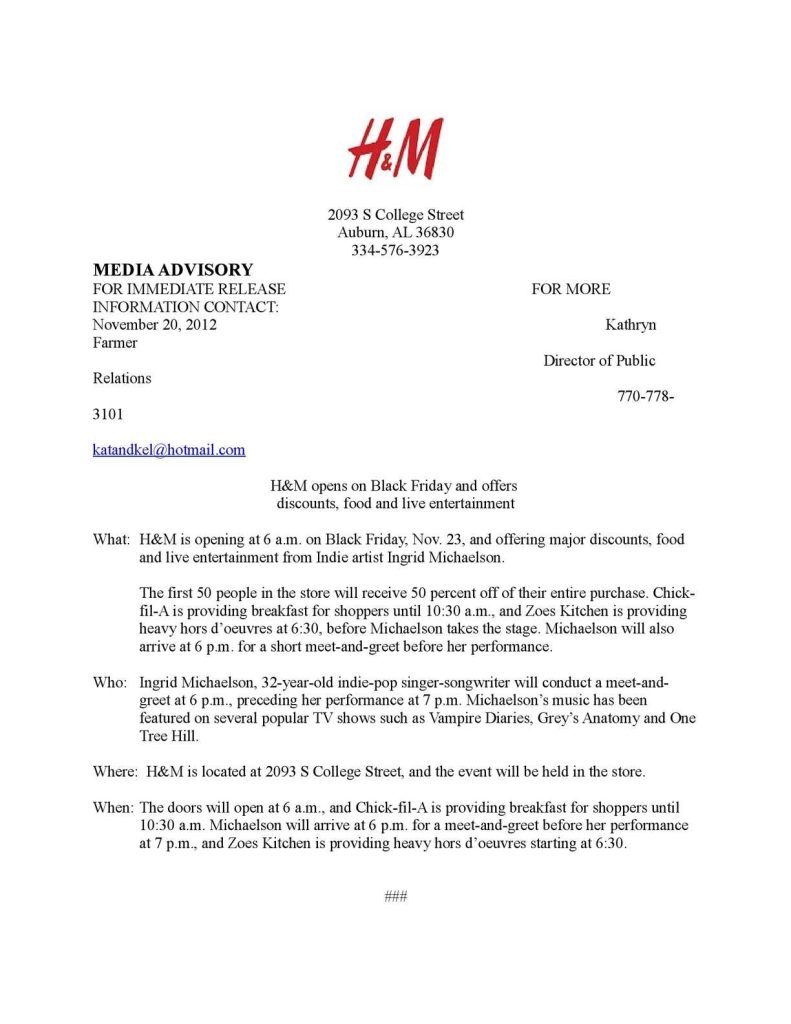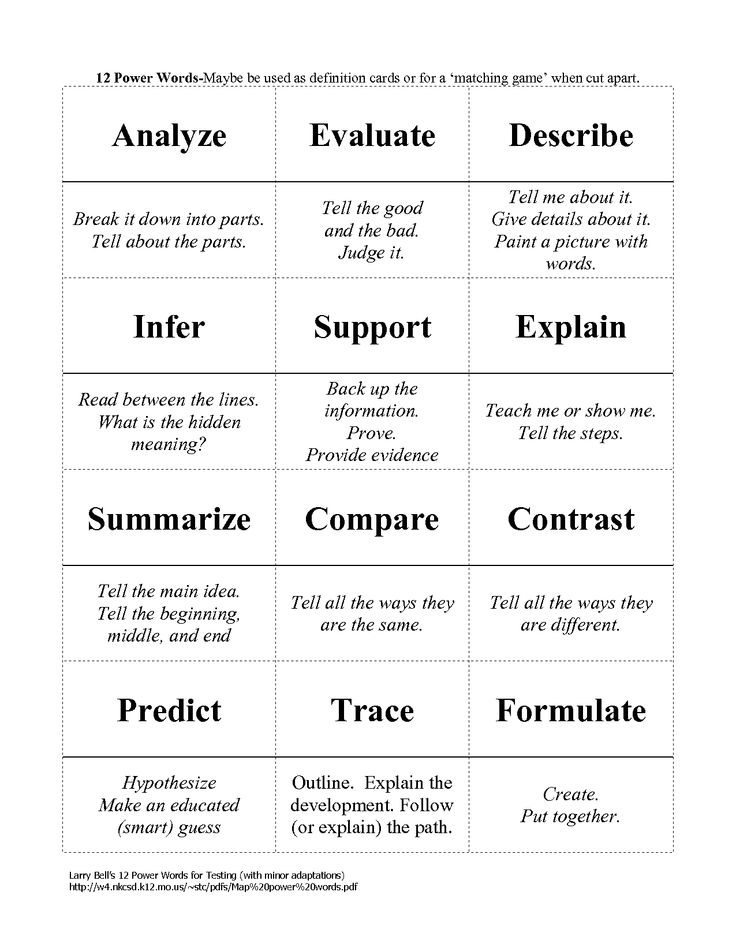Do you want to write an engaging media advisory? Well, you should be shrewd about your words because there’s not much space for them.
? Read Digital PR Explained: Best Strategies and Tools
Rule zero for your media advisory is to make it short. It’s not an article for a general audience, but a message to journalists to participate in your presentation. To improve the marketing of your event, you have to polish every edge of your invitation paper.
Before we delve deeper into how to write a buzz-worthy media advisory, let’s define, what the thing is.
Media Advisory vs News Release
A media advisory is a short document aimed at the journalists whom you want to invite to your upcoming event. It should have sufficient information needed for them to attend. And you should not overload it with words.
A news release, or press release, on the other hand, is a long document that contains all the information about your media event. It targets media outlets to get a news article about the company. The news release contains quotes from the speakers and other relevant information that allow readers to understand the contents of your event without participating. Companies should make their press releases relevant to the audience of the news outlet.
Both documents have similar goals, but you should use media advisory when your aim is to attract reporters. A press release is you writing about your business. While media advisory goes a longer route and expects the journalists to participate in your event and write through the lens of their experience with it.
Read Track Press Release: Here’s How to Be Aware of All Online Publications

What to Take Into Concern when Writing a Media Advisory
Format
Rather than writing on plain paper, create and print a letterhead of your company. This will show your recipients that you are serious about it and indicate your professionalism.
Write “Media Advisory” at the top left of your document in all capital letters. Write the date below it. Place the information about the host of the event on the next line. Name your company here, type your contacts with their appropriate titles, and give their telephones and email addresses. It is best to give the contacts of the people who are easy to reach, so you won’t lose any of the guests.
End your document with “###”.

Explore your audience
Before writing an invitation text, research the information about the people you are writing to. Different media outlets have different interests in the industry. Explore their news articles and tailor your text according to their preferences.
The journalists also seek photo opportunities, so make sure to mention it clearly that your event provides plenty of those.
Answer the 5 W’s
Create your short description text by answering the next 5 questions:
- What – tell them about the importance of your event. What value the guests will bring out of it.
- Why – describe the reasons why your event is taking place, and why they should attend it.
- Who – list the names of all individuals of note who will be present at your event.
- When – the date of your event.
- Where – inform about the place of your event. Give a precise address, the region, and its zip code.
In addition to this, tell the recipients how to acquire additional information about your event.
Power words
When you write your text, make sure it will have an impact on the reader. One of the best tools for that is power words. These are the words that call an emotional response from the audience. Explore the various power words in existence and strengthen your text with these emotional hooks.
The headline of your media advisory should be the first place where you insert them. It’s the most visible line of your document and you should make it resonate with your reader.

Timing
An important thing after you write your media advisory is to know when to send it. To generate enough buzz about your event, you have to advertise it ahead of time, but not too soon. A week before the event would be the perfect time to send it to the press.
If you send it via email, make sure to post the document in the body of the mail. Attached documents often get filtered as spam and may miss your audience. Alternatively, you can use a third-party distribution software, of which there are plenty.
Read 8 Ways Determ Can Help in Creating PR Reports for Your Boss
Mistakes to Avoid
Many companies lose great opportunities by doing blunt mistakes in their media advisory every year.
This is what you should strive to avoid:
Making a generic media advisory
Some companies write a generic invitation targeted at no one in particular. Many reporters would ignore such events because they simply do not see how it relates to their areas of interest. Instead, you should tailor your invitation to attract every media outlet individually.
Using jargon
Some executives became used to the professional terms and abbreviations of their company. But this kind of jargon can’t be so easily understood by outsiders. If you want to invite people to your media event, you should make your media advisory easy to comprehend.
Missing the moment
When you send your invitations a month before the event, you give your guests enough time to prepare. But this also gives them enough time to forget about the invitation, or lose interest in it. Make sure to give them enough time to choose the team that will attend your event, but also don’t send it out too early – cause yours is probably not the only media advisory they’ll get.

Giving insufficient information
Sometimes the journalists fail to attend simply due to the fact that they did not understand what the event is about. Or couldn’t get in contact with your company. Or misunderstood, what kind of company is the host. You should design your media advisory to be as clear as possible, and make it so the readers won’t have additional questions for you.
Writing too much text
While fixing the above mistake, you should be cautious to not bloat your media advisory too much. Remember, it’s an invitation, not an article about your business. The journalists whom you invite will be the ones who write an article for you. And if your document happens to become longer than one page, make sure the second page has the same format with contacts and names in the upper left corner.
Final Words
We gave you the main points you need to know to generate buzz with your media advisory. Use the right format. Know whom you are writing to. Use power words to paint your text with emotions. Answer every possible question, but keep it short. In the end, you want the reporters to have a genuine experience. Do not put words in their mouths, but let them express their opinions about your media event. Sincere testimonies generate more engagement.
Leon Collier is an academic writer and blogger with extensive experience. He is a perfect candidate if you want to hire a writer for an essay because Leon likes to meet challenges head-on and strives to provide outstanding work in every project.



